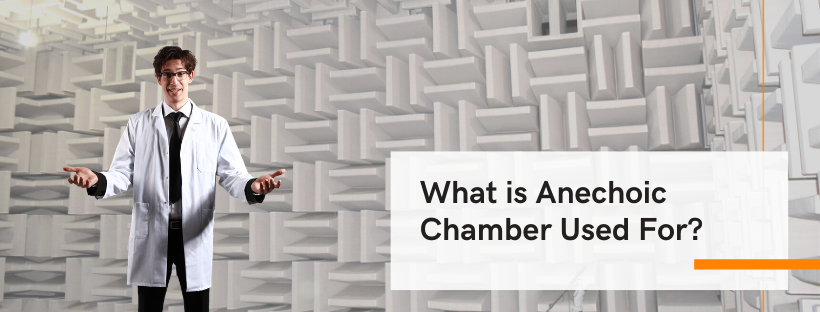What is an anechoic chamber used for?
Sound Talks
What is an anechoic chamber used for?

What is an Audio Anechoic Chamber?
The name "anechoic" literally means "without echo".
Anechoic chambers are commonly used in acoustics to conduct experiments in "free field" conditions, free-field meaning that there are no reflected signals. These acoustic chambers are constructed with the interior surfaces lined with anechoic wedges providing up to 100% absorption of the incident sound energy, making them echo-free.
All sound energy will travel away from the source with almost none reflected back. Anechoic chamber experiments include measuring the frequency response of loudspeakers and microphones.
The interior of an anechoic chamber is very quiet, with typical noise levels in the 10 - 20 dB range.
The human ear can typically detect sounds above 0 dB, so a human in such a chamber would regard the surroundings as devoid of sound. It is common that some people may not like such quietness and can become quickly disoriented.
The chart below is an example of a method to illustrate a frequency response. It shows how the output changes when the frequency changes. The curve inside this chart is the frequency response.
Frequency Response Chart

In an audio anechoic chamber, all sound energy will be traveling away from an outside noise source with almost none reflected. It allows you to measure a pure sound from the test object. If you conduct the test outside the anechoic chamber, the microphone picks up not only the sound source itself but also reflections or reverberations.
